WOMEN FILMMAKERS
Women have made amazing strides this decade in East and Southeast Asian cinema across a variety of films including documentaries, indie productions and ambitious commercial projects. As their numbers grow, so too does their visibility on an international scale and within their own nation’s cinema.
From the Philippines to South Korea, we’ve seen a large amount of talent emerge alongside established industry figures like Japan’s Mika Ninagawa and China’s Vivian Qu in the last ten years and, if South Korea’s own output of quality work by women in 2019 is anything to go by, we can expect that the next decade will be a hugely positive sign of things to come for women behind the camera.

Helter Skelter
(2012, dir. Mika Ninagawa, Japan)
The cult of celebrity and the obsession to meet unrealistic beauty standards have hyper-accelerated in the internet age. Mika Ninagawa’s Helter Skelter came out in 2012 just as everyone was opening an Instagram account and cultivating a seemingly perfect and aesthetic lifestyle in a 3×3 grid. And in the years since, its eerie tale of a starlet whose life falls apart as she suffers the side effects from unsafe cosmetic procedures has remained the most relevant and damning take of society’s worship of beautiful people and the yearning to emulate them — whatever the cost may be.
With its visual splendour, body horror, and messy, complicated women, Helter Skelter is unlike anything released from Japan this decade. (Aidan Djabarov)
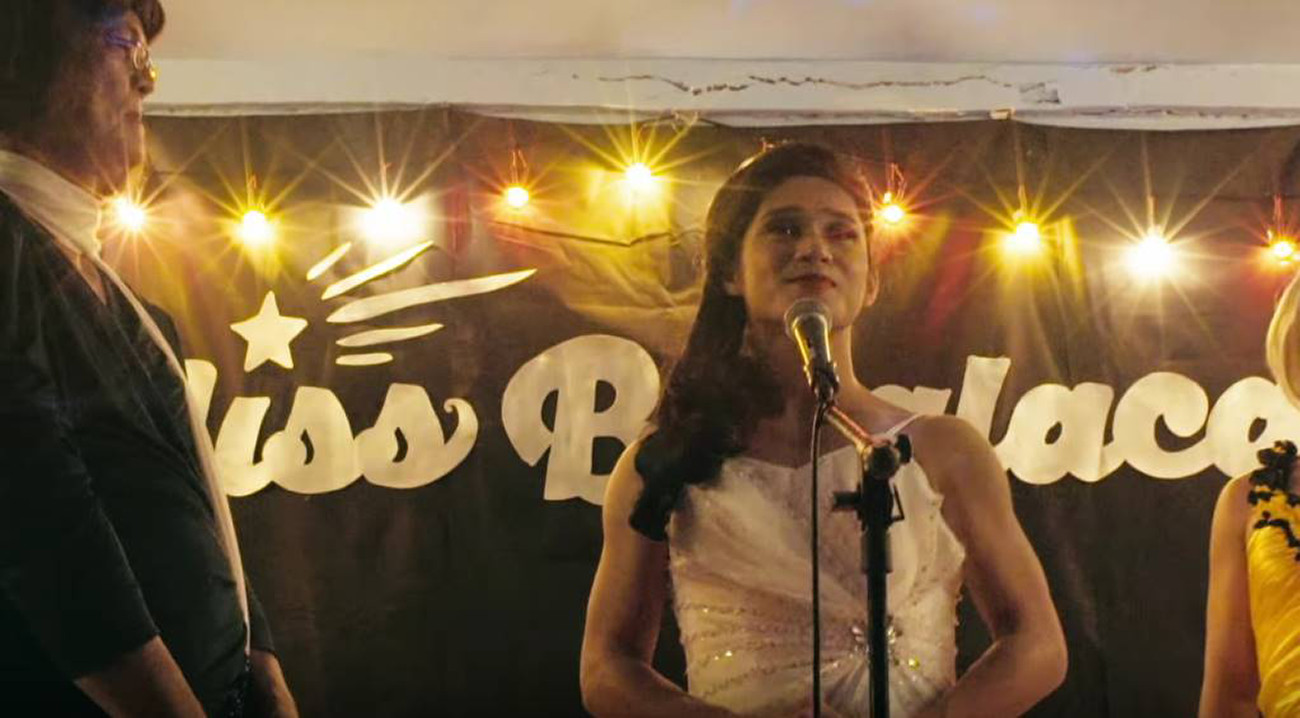
Miss Bulalacao
(2015, dir. Ara Chawdhury, Philippines)
The main thing I remember about this film are all its striking visuals and compositions presented to us. For the Christians out there who aren’t homophobic, you might also really enjoy the story which itself is a direct reference to Mother Mary.
Of course, this film is not perfect in many ways (when is a film ever?), but it digs up possible notions of where LGBT+ acceptance might come from within a religious group of people. It was great to see a Filipino, LGBT+ fiction film making (albeit small) rounds, but more than anything it didn’t just rely on old tales of romance and family conflict — but something way bigger and more abstract. (Levin Tan)
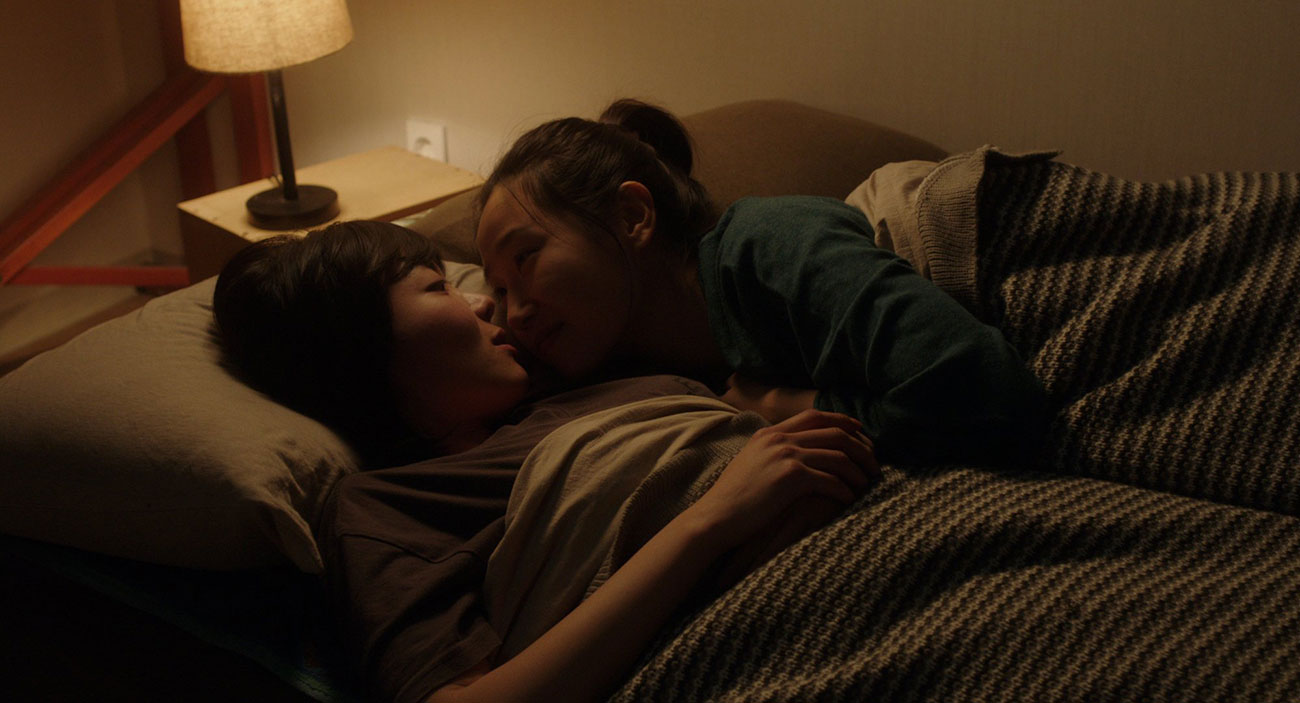
Our Love Story
(2016, dir. Lee Hyun-ju, South Korea)
I remember feeling very sad about this movie. There’s two ways I like to walk out of a cinema: either with a heavy heart or hyped up. In many ways the story is deceptively simple—love and its travails—and I’ve seen many a film touching on that, but the tenderness between the two leads really made it drive a stake into my aching little heart. They have an amazing chemistry that will force even the most apathetic viewer to care (or so I hope!).
In general, I always find it harder to find Asian WLW (women loving women) films that don’t fall into bad tropes as directed by a male writer/director, and out of the handful I saw, this one really stuck in my mind. The focus on loneliness and forlornness for someone who just seems to drift away, even as you do your best… I’ve been there a little too much. (Levin Tan)
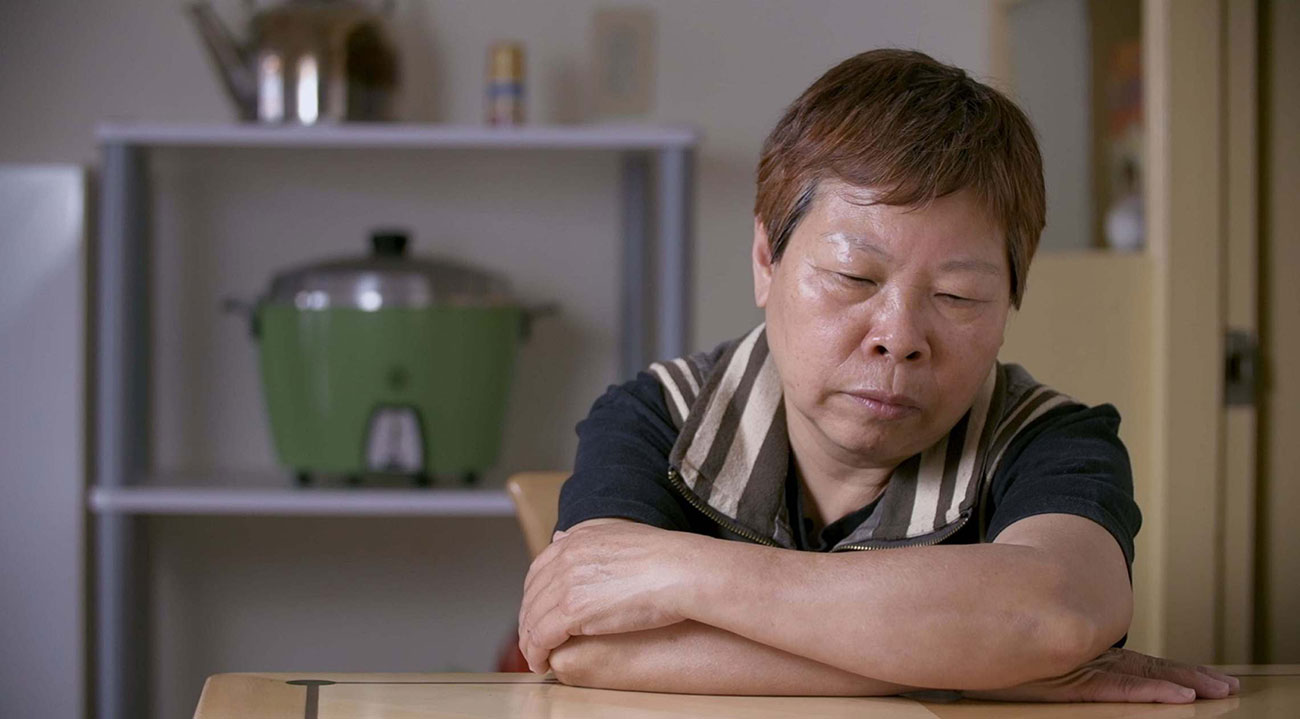
Small Talk
(2016, dir. Huang Hui-chen, Taiwan)
Who doesn’t love a good mother-daughter relationship documentary, especially one about the caveats of remaining closeted?
Often we see content about a closeted child being at odd ends with a parent, so I was more than happy to see that script flipped. Huang Hui-chen takes us through a painful journey of attempted reconciliation with her mother, who is LGBT but, due to society, was forced into an abusive marriage where she gave birth to Hui-chen. I think it’s a brave documentary, not just because its LGBT+, but because to try and heal inter-generational trauma alone is a great feat. And to do so with such sincerity and vulnerability while documenting it? Absolutely breathtaking. (Levin Tan)
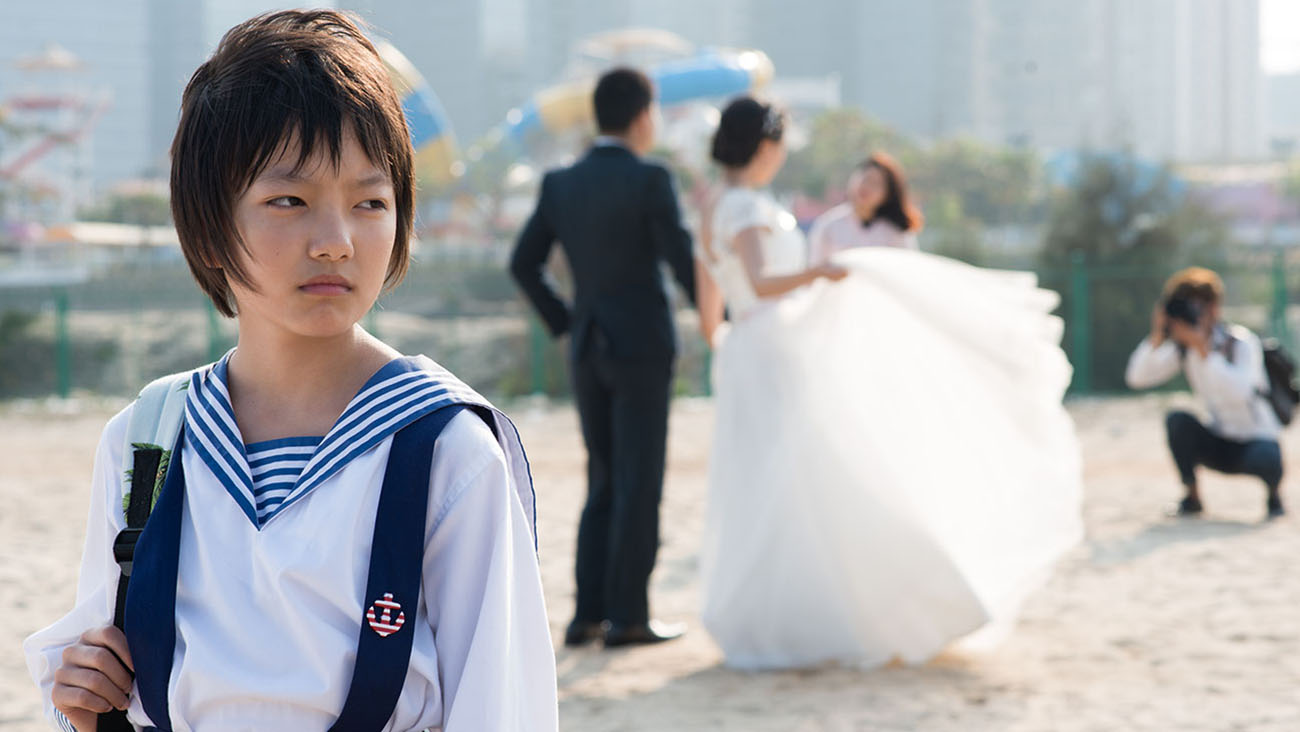
Angels Wear White
(2017, dir. Vivian Qu, China)
Set in contemporary China, Qu’s film is a granular look at how sexual assault cases unfold within hospitals, police stations, and families. But Qu has a larger message to share on the easy objectification of women’s bodies–using the great American symbol of Marilyn Monroe’s upturned dress–and the anxieties that women carry with them always. How a woman’s world becomes increasingly smaller as she gains awareness of how the mere existence of her body endangers her own life.
There have been many depictions of sexual violence on screen and they’re usually brutal. As if, seeing the violence is necessary to elicit empathy from the audience. But in Qu’s film, you’re not meant to be shocked by the violence, you’re meant to be shocked by the aftermath. By how difficult it is to live after an assault and how difficult it is to convict the perpetrator. The violence is a finite moment; the aftermath lasts forever. (Aidan Djabarov)
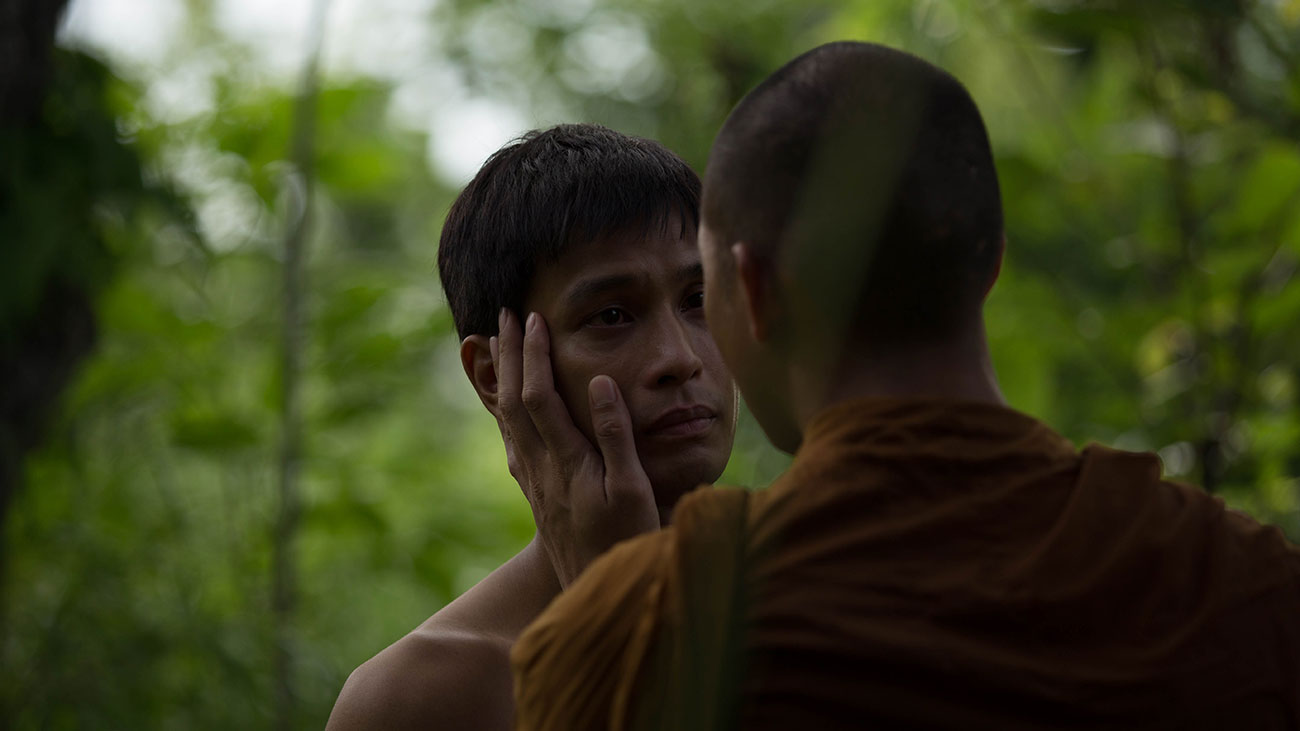
Malila: The Farewell Flower
(2017, dir. Anucha Boonyawatana, Thailand)
Anucha Boonyawatana’s poetic and haunting second feature Malila: The Farewell Flower opens with a close up look of crafting Bai Sri ornaments—intricate ceremonial structures that are constructed from banana leaves and jasmine flowers. The central themes of the film are laid out clearly from this opening shot—the impermanence and fragility of life as the voiceover acknowledges that the beautiful flowers have begun to wilt even as the structures are still being completed.
The film centers around Shane, who, after the loss of his young daughter and the subsequent breakdown of his marriage, runs into Pich, his former lover. Pich is a Bai Sri artist, and is dying from lung cancer. He has already given up on chemotherapy, finding joy and relief in crafting bai sri ornaments. The two rekindle their past relationship, and the intimacy they need and desire from each other is illustrated with a blend of rawness and delicate tactility. Boonyawatana tackles the themes of death, grief and loss with restraint but also unflinching honesty through the sheer power of the images she depicts. The film’s visuals are lyrical and lush when centered on bountiful nature, yet also powerfully cathartic in confronting the starkness of death and decay.
In Malila: The Farewell Flower, Boonyawatana cements her position as a leading queer, female voice of Southeast Asian filmmaking. (Natalie Ng)

Marlina the Murderer in Four Acts
(2017, dir. Mouly Surya, Indonesia)
A woman rides through a desert landscape on horseback with the severed head of her rapist in a blood-stained bag. Mouly Surya’s Indonesian western/rape revenge film is one of the most energising pieces of filmmaking of the past decade, not just from its glorious melding of genres. It subverts your expectations of both what constitutes a western and the expectations of a heroine within a rape revenge framework, using supernatural and all too real world elements to express how women seeking justice are constantly undermined by the continual cycle of patriarchal forces.
Marsha Timothy’s performance as Marlina is one for the ages; grounded and calculated yet teeming with emotion she cannot express lest she betray herself to her pursuers. In a just world, this film’s poster would be proudly displayed on bedroom walls the world over and Marlina would be celebrated more than any caped crusader. (Hayley Inch)
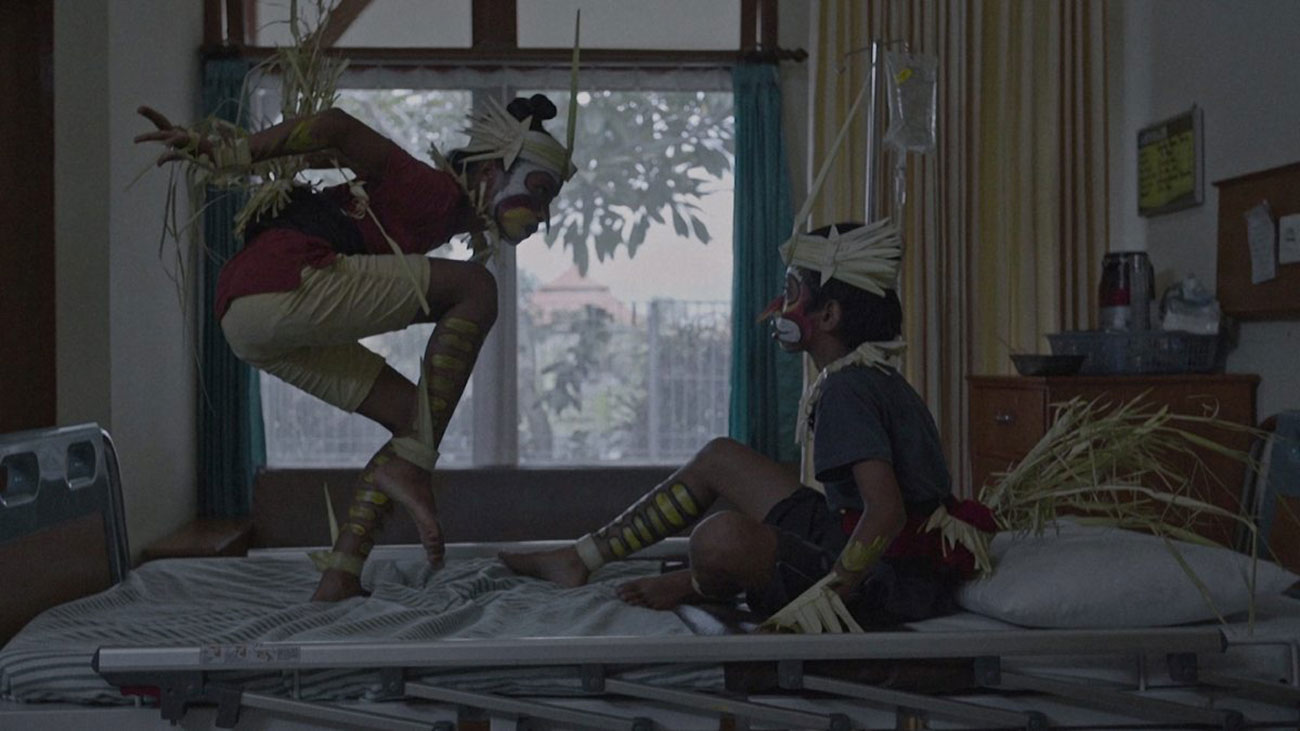
The Seen and Unseen
(2017, dir. Kamila Andini, Indonesia)
Indonesian cinema has undergone a period of major growth this past decade as its increased quality and output has captured the attention of international festivals keen on programming the country’s film content. Kamila Andini–who is part of a growing movement of Indonesian women representing their nation’s cinema on an international level–is one of many Indonesian filmmakers currently enjoying international success, and deservedly so.
Her sophomore film The Seen and Unseen is a sublime experience; one that’s steeped in Indonesian folklore and tells its story of grief and loss with absolute grace. In my original review for the film, I wrote that “few manage to capture what the passage of time feels like when one is stricken with despair and fewer communicate these feelings successfully from the exclusive perspective of a child” and I stand by it as the reason The Seen and Unseen has stayed with me. Communicated through dreams, Andini’s direction together with Dinda Amanda’s editing and the visuals by cinematographer Anggi Frisca, make this film about a young girl coping with her twin brother’s impending mortality that much more powerful. (Hieu Chau)
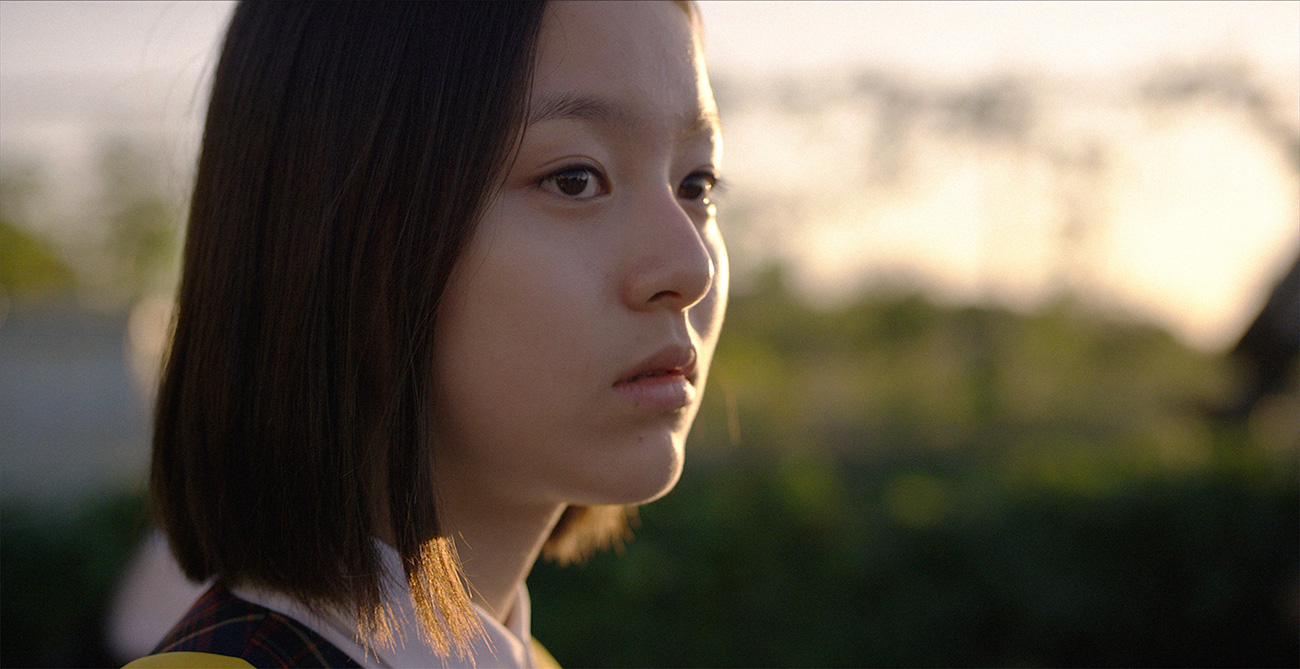
House of Hummingbird
(2019, dir. Kim Bora, South Korea)
2019 was a banner year for South Korean cinema not just because of Parasite’s success on a global scale, or the celebration of a century of Korean cinema. 2019 was also the year where we witnessed the future of Korean cinema—and it looks refreshingly female.
One of the filmmakers leading this new wave is director Kim Bora with her film House of Hummingbird. Taking prizes at the 2018 Busan International Film Festival, Berlin International Film Festival and Tribeca Film Festival, the film quickly became a festival favourite, and also found success in its native home of South Korea as an independent film. An intimate portrait of an ordinary 14-year-old girl’s coming of age set against the backdrop of Seoul in 1994, Director Kim crafted a film that was both specific in its attention to detail and yet universal in its themes of family, loss, trauma and the search for connection and self-love. With an unsentimental yet deeply empathetic eye for depicting human relationships, Director Kim also showcases female stories while navigating the complexities of girlhood, womanhood and female relationships.
A coming of age film may seem like a typical first film for a female director, but House of Hummingbird soars above it all. The ambition and strong sense of auteurship in the film is the best representation of independent female voices coming out of South Korea. (Natalie Ng)
